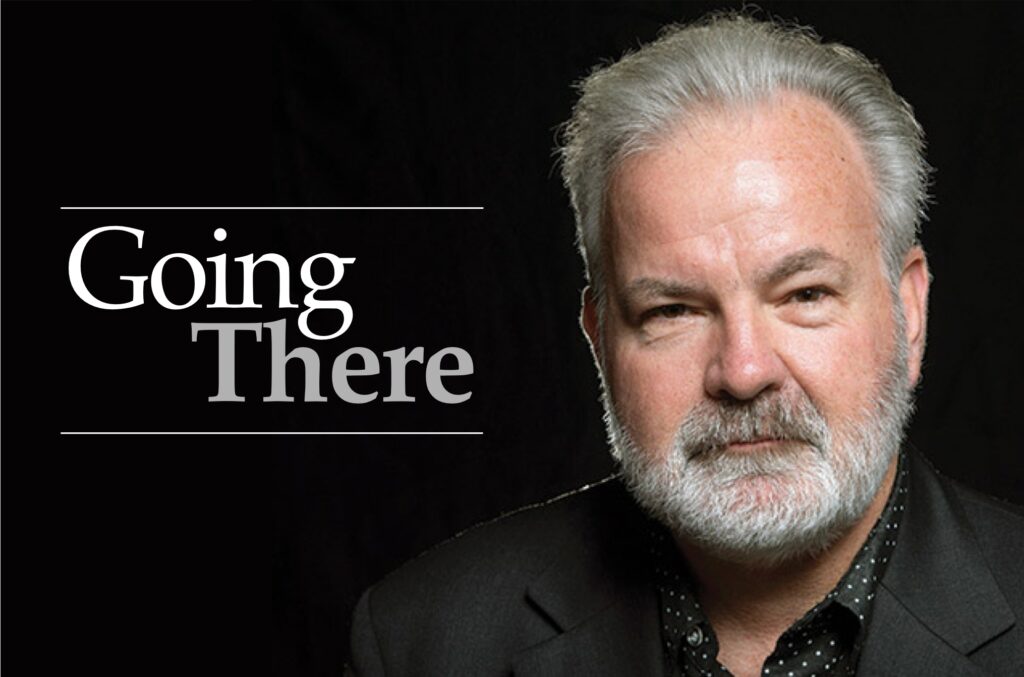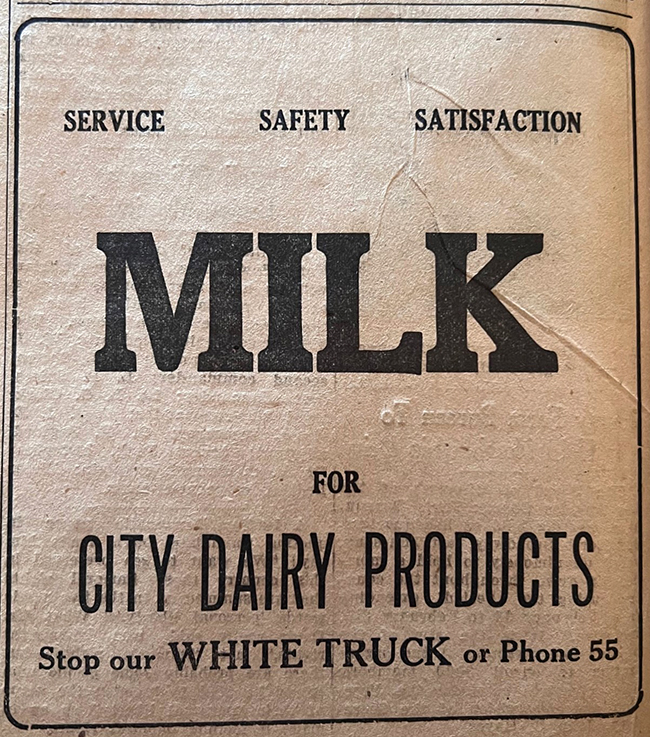Claremont’s tradition of participatory governance
We have passed the fall equinox. The days are growing shorter. The daytime temperatures are beginning to drop. There is a chill in the air at night and in the early morning there is dew on the plants. Already the signs are everywhere. No, literally, the “signs” are everywhere—the candidates’ campaign signs.
Yup, election season is upon us. The TV and radio spots and social media posts prompt us to hit mute, change channels or scroll to the next post as the state and national races inundate us with their versions of facts. Locally, there has been more city council candidate forums than one has fingers to count on.
Every civic minded group in the city has sponsored or co-sponsored a forum, and many citizens have hosted “meet-the-candidate-coffees” in their homes. Those forums and coffees are the modern versions of what has been a staple of the political scene in the City of Claremont since its founding—participatory governance.
After the land boom in the 1880s went bust, and Henry Austin Palmer donated the Claremont Hotel (now Sumner Hall) and 80 acres to Pomona College, the settlers, mostly from New England, instituted the form of government with which they were familiar—the Town Meeting. The concept behind the town meeting was to act upon matters that were common to the citizens within the town limits. Meetings were typically held semi-annually, but special meetings could also be called upon written application by five property owners.
In those early days, there were members or selectmen of the Town Council, sometimes referred to as the Town Committee, whose officers consisted of a chairperson, a clerk, a treasurer and a collector.
Committees of the Town Council included finance, roads, streets and sidewalks and trees. Of interest is that no taxes were collected; everything was funded by donations solicited from residents and businesses. The Town Council met once a month.
Notices of meetings were posted in designated areas around the Village where everyone knew where to look to fulfill their civic responsibility. The first Town Council was made up of six men and two women. The minutes indicate that several women held the position of selectmen and as moderator, a job that was held for one meeting and then rotated.
From the Town Meeting grew a more and more organized form of government that went on to establish a volunteer fire department, Oak Park Cemetery, planned the building of the Claremont Inn and adopted Town Regulations in 1900 and amended them in 1903. Beginning in that year and until 1907, the minutes of the Town Council reflected much discussion about incorporation.
Generally, those within the current town limits were in favor, while the opposition came mostly from ranchers residing within the expanded boundaries that would come with incorporation.
Claremont had grown from 30 residents in 1890 to over 250 in 1900. By 1905, the Selectmen had considered incorporation, but they endorsed the previous way of raising funds for civic needs through donations. However, during the November 15 meeting, they also acknowledged, “It may be necessary to incorporate later, if more property owners do not cooperate.”
Evidently, not everyone wanted to pay their fair share voluntarily, so in April of 1907, a Town Meeting was called to consider the advisability of incorporation. The meeting occurred on April 8 and the Pomona Review wrote that “Very little opposition was expressed, and the meeting resulted in a strong vote being cast in favor of proceeding with incorporation.” The necessary 50 signatures were collected to qualify it for the ballot. On September 23, with a 95 percent voter turnout, Claremont was incorporated as a general law city, on a vote of 73 to 49.
Claremont has a tradition of participation in governance by an engaged citizenry. From the early days of the Town Meeting and Town Council, through incorporation and to the present day, participatory governance has been a way of life in this small city. Over the course of the city’s history, there are many examples of citizen involvement to inform and advise elected and City officials in their endeavors.
One example is the Postwar Planning Committee that was created by the Chamber of Commerce in 1944. Often called the “Committee of One Hundred,” its functions included, “…evolving projects for the betterment of Claremont calling upon local organizations and individuals to aid in forwarding them, cooperating with city council and planning commission in matters that will be for civic good and working for welfare of the citizenry.”
The committee had an ambitious agenda which included sub-committees that worked on issues such as the business district, finance, zoning ordinances, street trees, safety facilities and park planning. All the subcommittees made recommendations to the city council.
Those traditions can be seen in present day Claremont with the system of volunteer commissions and committees that do the groundwork for the decisions of an elected city council. The participation of women, even before the right to vote, was and is a given for local governance. The first woman, Charlotte Neeley, and attorney was elected to the city council in 1946.
Currently, special committees have been established to look at the financial future of the city, to study how to ensure that a new police station comes to fruition and to examine and make recommendations concerning preservation policies.
Public meetings are held to secure input on city budgeting and development projects. The city manager and council are currently seeking input for the core values project that will result in a new city mission statement, vision statement and list of core values.
So, fall is here, and the campaign signs are everywhere. They call to us to exercise our right and responsibility to vote. They call us to a tradition of participatory governance. They call to us to elect a new generation of citizen leaders on November 6, who will carry on the traditions of what it means to be a citizen of Claremont.









0 Comments